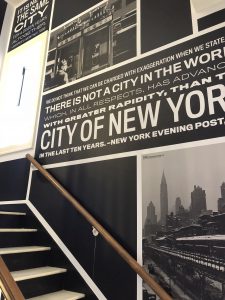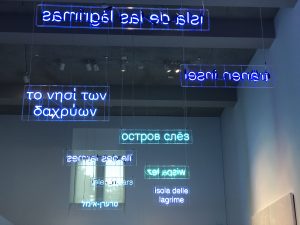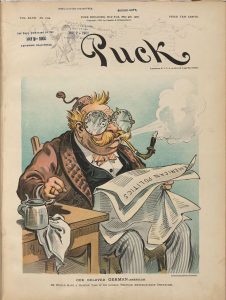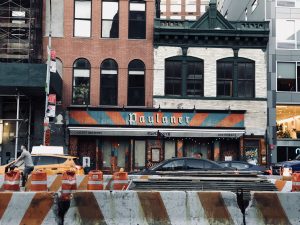NEW YORK: EN ROUTE TO THE ‘NEW WORLD’
In September, I made my first research trip to New York. As well as spending time in archives and libraries, I also discovered the metropolis and its history of European emigration during the 1930s and 1940s
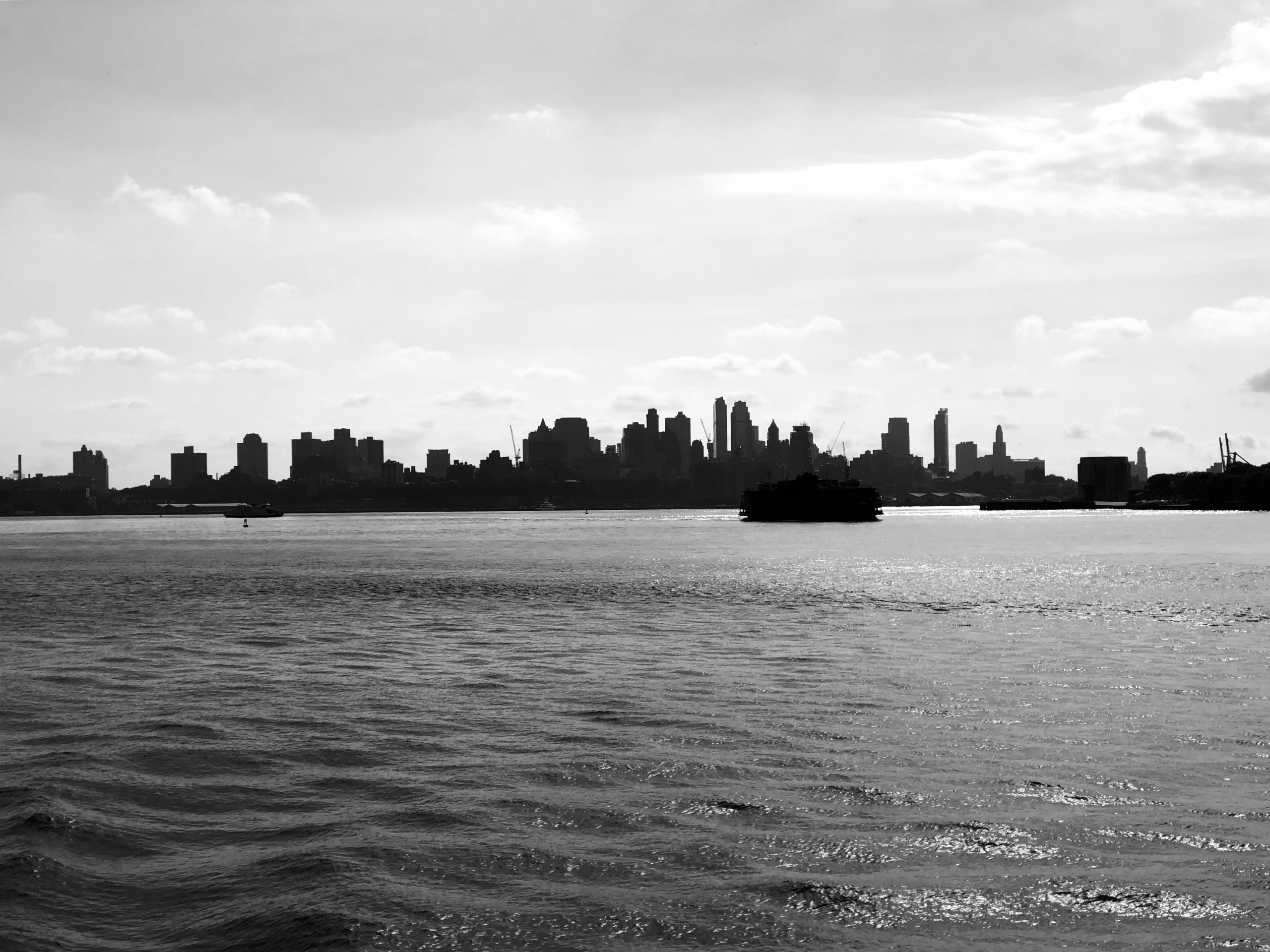
My research focuses on exiled photographers who fled to New York, searching for better working conditions, a life in freedom and the creative potential to interact with their cameras. For a deeper and closer understanding of the exodus and also the situation in New York at that time, I searched for traces by exploring the metropolis with my analogue camera… as the photographers perhaps also did after their arrival in New York. This article is the first stop of my tour on the paths of the exiled photographers where I took a look back at the history of immigration to New York.
After two very informative visits to the Museum of the City of New York and the The Jewish Museum, I learned that European emigrants (most of them were Jewish) lived in different quarters in New York including Washington Heights, Yorkville and the tenement buildings in the Lower East Side. These tenements were inhabited by different ethnic groups who had settled there following past migration movements, particularly during the peak immigration years between 1880 and 1924. Caricatures and sketches in satirical magazines like Puck show reactions to and debates on migration, first restrictions and immigration laws. As an ‘outsider’ looking at American history from a European perspective it was very interesting to see that the European emigration caused by National Socialism and WWII was neither the first nor most important period of American immigration history. For the next stop of my exploration I took a boat tour to the Statue of Liberty and Ellis Island, which served as an Immigration and Detention Camp from 1892 to 1950. You can read more about this in my next story.



